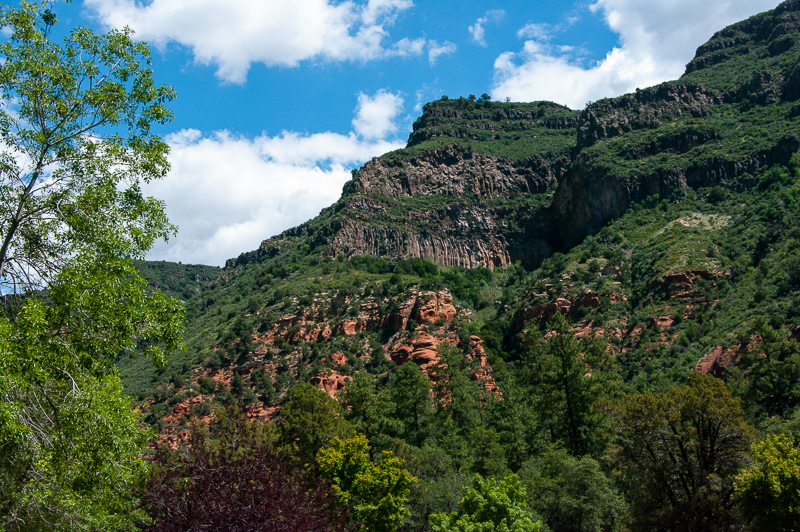The Arizona state Senate Natural Resources Committee met last week to discuss forest restoration, wildfire prevention, and the economic and environmental benefits of forest management. Lawmakers and experts explored the costs and benefits of forest restoration projects, highlighting a return on investment of up to $7 for every dollar spent, mainly from increased property values, water yield, and recreational opportunities.
Forest restoration, particularly in areas like Coconino County, has been shown to be more cost-effective than responding to catastrophic wildfires. The committee noted that, while costs for preventive measures could reach $60 million, the long-term economic impacts of wildfires could exceed $2.8 billion.
A challenge faced in these efforts is the relatively low energy value of ponderosa pine wood, which makes its use in biomass fuel economically unlikely without external funding.
Utilities’ mitigation plans
During the hearing the committee questioned utility providers’ wildfire mitigation plans.
“When we look at wildfire mitigation planning, we need to know the status and the condition of our equipment, we need to know the health indices, the maintenance that goes into our asset-management program which ties into knowing how our equipment is going to function,” Alec Acuna, the director of construction services with Tucson Electric Power said as he explained the company’s risk-based approach to the committee.
Arizona Public Service representatives said the state’s largest utility adheres to regular cycles of vegetation management to help reduce potential fire fuel.
“On a certain assigned year we address the vegetation in that geographic area and that footprint,” said Andrew Rable, manager of the Forestry and Resource Management Group at APS. “One of the things that we’re proud of here at APS is that our entire system has been on cycles since 2016. We have not deviated from those cycles and have made as a company the appropriate investment in time and energy and resources and dollars to maintain those cycles.”
Wade Ward, an APS fire mitigation specialist, said APS is both trying to improve the customer experience and reduce fire risk.
“Our grid hardening investment that we’re making is fairly significant. We’re trying to again create a better customer experience as well as reduce the risk,” he said. “Upgrading our distribution and transmission systems, adding fire mesh expulsion, limiting fuses and steel pole replacement where we can.”
Graphic Courtesy APS from Senate Natural Resources Committee hearing on 1/14/25
Restoration, legislation, and costs
The committee also discussed the completion of roughly 50% of the targeted restoration area and noted that while more than 2 million acres are available for restoration, the pace of progress is dependent on funding.
Legislation is crucial for reducing the costs associated with harvest operations, transportation, and manufacturing. Lawmakers are working on streamlining incentive processes to ensure smaller businesses can participate in forest restoration efforts.
The meeting also touched on the state’s water management challenges, including nearly nonexistent snowpack after three wet winters, and the pressing need for continued investment in forest restoration to prevent catastrophic wildfires and maintain Arizona’s ecosystems.
The committee plans to meet again to address these critical issues as Arizona faces ongoing climate and resource challenges.

